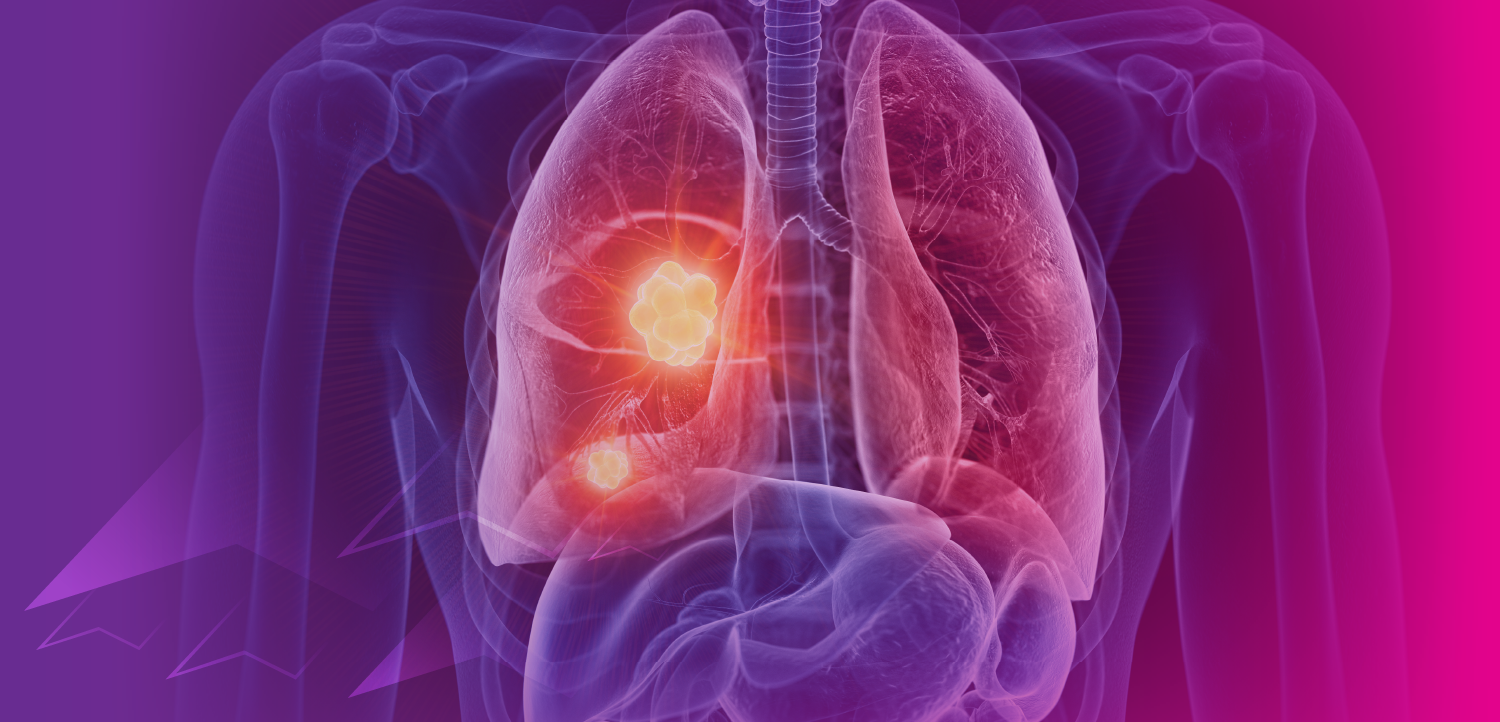
Drug Topics Journal
- Drug Topics March 2019
- Volume 163
- Issue 3
The 5 New Pharmacy Care Models
As pharmaceuticals grow to consume more and more of the healthcare dollar, traditional care models need to change in order to deliver the best healthcare outcomes and real value. Here are five new models on the rise.
U.S. healthcare had quite a year in 2018. Employers, the federal government, and patients are not happy with the way healthcare is delivered and financed. Hospitals, physicians, and pharmacies try to remain relevant as new technologies are developed to commoditize healthcare services and enable patients to become true consumers.
Pharmaceutical companies continue to improve healthcare with new therapeutic agents. The value of these new drugs can benefit society, but even more so, their impact on healthcare economics is staggering. Specialty drugs to treat certain patients present new challenges for health plans and pharmacy benefit managers (PBMS).
As pharmaceuticals grow to consume 30% of the healthcare dollar, traditional care models need to change in order to deliver the best healthcare outcomes and real value or they will become obsolete.
Currently, drugs covered under the pharmacy benefit are distributed through community pharmacies, mail service pharmacies, and specialty pharmacies. PBMS utilize proven systems (e.g., online drug claims processing, pharmacy network contracting, and drug rebates) to manage unit drug cost.
In the future, drugs covered under the medical benefit, many of which are specialty drugs, will need new systems and processes to manage these drugs administered through the physician office, home infusion, and hospitals.
Current and new models
This creates a need for new care models.
The current care models in pharmacy are:
- Community (e.g., CVS and Walgreens)
- Hospital (e.g., Cedars-Sinai)
- Long-term care (e.g., Omnicare)
- Mail order (e.g., CVS and Express Scripts)
- Specialty (e.g., Diplomat).
These models are: facility driven by site of care, healthcare-professional driven, expensive, and inefficient.
The key shortcomings of the current care models are that they:
- Do not use a population health approach to identify the patients to treat
- Make the patient come to the site of care (e.g., hospital, pharmacy, or physician office) to receive care
- Dispense pharmaceuticals with a “one-size-fits-all” approach and creates excessive waste
- Make minimal use of information technology
- Require each facility work in its own silo with no integration of overall patient care activities
New care models are being created that are patient driven, leverage technology, and improve accessibility.
These new care models in pharmacy are:
- Dispensing kiosks (e.g., MedAvail)
- Multi-dose strip packaging (e.g., PillPack, Pack4U)
- Patient-centered home (e.g., ExactCare Pharmacy and MedAppropriate)
- Precision medicine (e.g., Myriad)
- Telehealth (e.g., Catalyst).
The key benefits of the new care models are that they do one or more of the following:
- Use data analytics to identify the patients that would benefit the most from these new services
- Deploy pharmacists into the patient’s home to provide “high-touch” care
- Dispense pharmaceuticals in the most effective way to minimize waste
- Leverage information technology (e.g., Bluetooth, wireless communications, and smartphones)
- Integrate pharmacy with the overall patient care activities
Additionally, online retailer Amazon, is disrupting the current business model in the retail and grocery industries and will do the same in the community pharmacy industry.
This will give employers and the federal government new choices in how healthcare is delivered. However, they will need a digital health strategy to leverage these new services to make sure the sickest patients can be treated in the patient care setting that can deliver measurable health outcomes improvement.
As a result, there will be new benefit designs and ways to finance care.
Perry Cohen, is an editorial advisor for Managed Healthcare Executive, and is chief executive officer, The Pharmacy Group.
Newsletter
Get the latest industry news, event updates, and more from Managed healthcare Executive.



















































